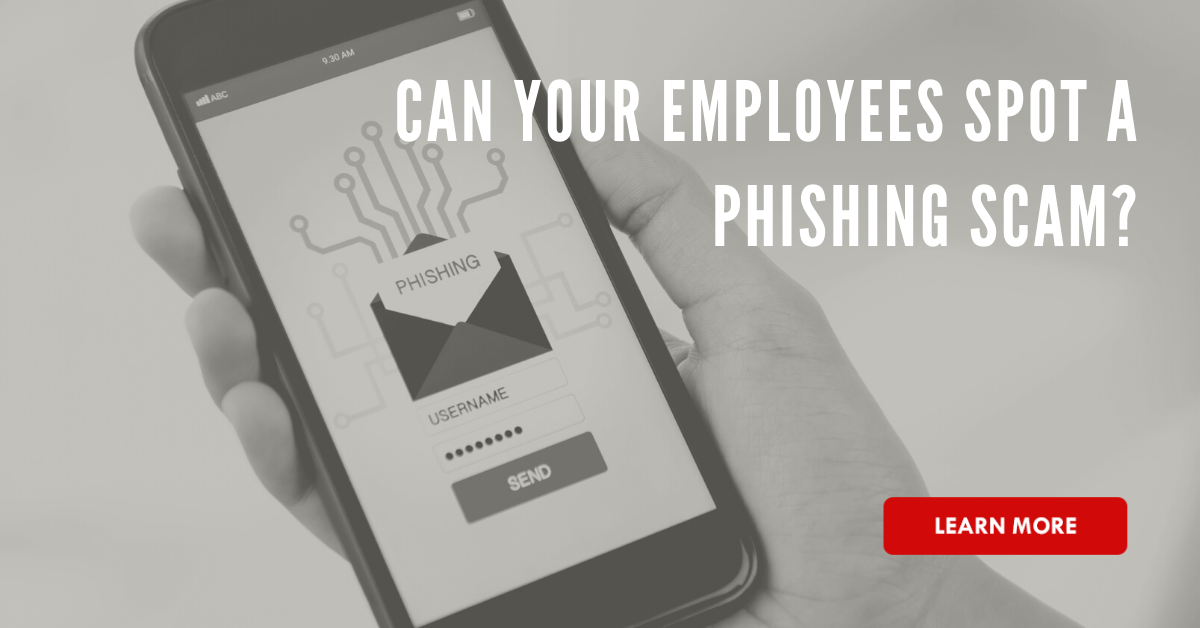 2020 saw a rise in cybercrime as most businesses and institutions took their operations online due to the COVID-19 pandemic. With more people working and studying remotely, cyber threats continue to be a problem. Existing cyber threats are bound to grow while new ones emerge in 2021 as cloud services, remote systems, and collaborative tools become easily accessible for workers.
2020 saw a rise in cybercrime as most businesses and institutions took their operations online due to the COVID-19 pandemic. With more people working and studying remotely, cyber threats continue to be a problem. Existing cyber threats are bound to grow while new ones emerge in 2021 as cloud services, remote systems, and collaborative tools become easily accessible for workers.
With this in mind, you need to be proactive in securing your cyberspace per the changing business operations methods and technological landscape. To help you plan for your cybersecurity, below are emerging and growing cyber threats that companies and institutions are more likely to face in 2021.
1. DeepFake Attacks
Deepfake technology involves the manipulation of audios, videos, and even photos to appear real using advanced artificial intelligence known as deep learning. You should expect deepfake attacks to be rampant in 2021 as cybercriminals utilize the technology to advance their crimes by manipulating public opinion and commit fraud. With business email compromise being the largest cause of financial losses in 2019, companies should be wary of deepfake attacks in 2021.
being the largest cause of financial losses in 2019, companies should be wary of deepfake attacks in 2021.
The face swap and voice clone features allow for easy imitation of real people, making it difficult to ascertain whether the person you are communicating with is real. Expect deepfake attacks to focus on corporate espionage and misinformation. Although it may be difficult to prevent deepfake attacks, quick responses are necessary to mitigate the situation.
2. Multi-Morphic Malware
Multi-Morphic malware refers to malware that can switch from different stages of cyberattacks. Since it keeps changing its characteristics, it is almost impossible to identify its behavioral path as it lacks a history to facilitate tracking. You should expect multi-morphic malware to be a reality in 2021, making future malware attacks more advanced. Businesses and institutions should, therefore, put up robust security measures to counter more advanced cyber threats.
3. Phishing Scams Related to COVID-19
The COVID-19 pandemic will continue to create a leeway for phishing scams in 2021. As people go online to seek information regarding the pandemic, vaccine, and government relief loans, cyber attackers will use the opportunity to execute phishing scams.
The uncertainty of the COVID-19 pandemic, and back-to-work for most workers, will fuel a fresh wave of phishing attacks. Some of the most vulnerable parties are people working in areas related to COVID-19 research. Public health data and intellectual property are at the highest risk from social engineering through these phishing scams.
4. Targeted Attacks on Edge Devices
As edge computing continues to expand and become decentralized, it brings about new cybersecurity challenges. The spread of sensitive data across a wide range of systems increases the vulnerability of data. As cybercriminals target edge devices, remote workers are at risk of cyber attacks. Most workers are relaxed when it comes to securing their home networks and personal devices, making them easy targets.
Cybercriminals will use devices like mobile phones and pcs to execute social engineering attacks and phishing scams on remote workers as a means to get to businesses. The lack of supervision of remote workers away from the office will also help facilitate cyber-attacks on businesses. It is, therefore, important for companies and institutions to emphasize the need to secure systems independently.
5. AI Poisoning
AI poisoning is set to be a significant cyber threat in 2021, with 5G and quantum computing being on the rise. For companies that rely on machine learning, AI poisoning can have adverse effects.AI poisoning occurs during the learning stage of a program when attackers introduce bad data into the program.
By doing this, cybercriminals get to manipulate programs as the system learns things it shouldn’t have. Due to automatic processing, the machine ends up working as an attack system. Other than interfering with the integrity of processed data, AI poisoning can also facilitate advanced ransomware attacks that are difficult to identify.
6. Impersonation of IT Systems

As organizations digitize their processes and adopt cloud services, the impersonation of IT systems will increase. You should expect cyber attackers in 2021 to create fake IT systems and environments for malicious purposes.
Impersonation of IT systems will be possible through techniques like virtualization that help in the creation of replicas of new IT environments. Cyber Attackers can then use these fake systems to make users divulge private information and data, which they can later use for malicious purposes such as identity theft and fraud.
Conclusion
Other cyber threats you can expect to rise in 2021 include using social media to spread misinformation. Also, attackers will continue using the Internet of Things (IoT) to facilitate Dedicated Denial of Service attacks (DDOS) and exfiltration sensitive data.
With the above cyber threats looming in 2021, it is crucial to implement comprehensive cybersecurity strategies. Your cybersecurity plans should not only work to prevent the attacks but also help you recover if it happens.









